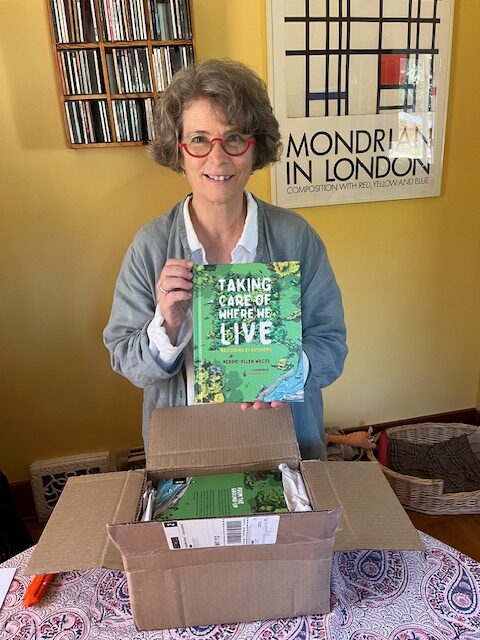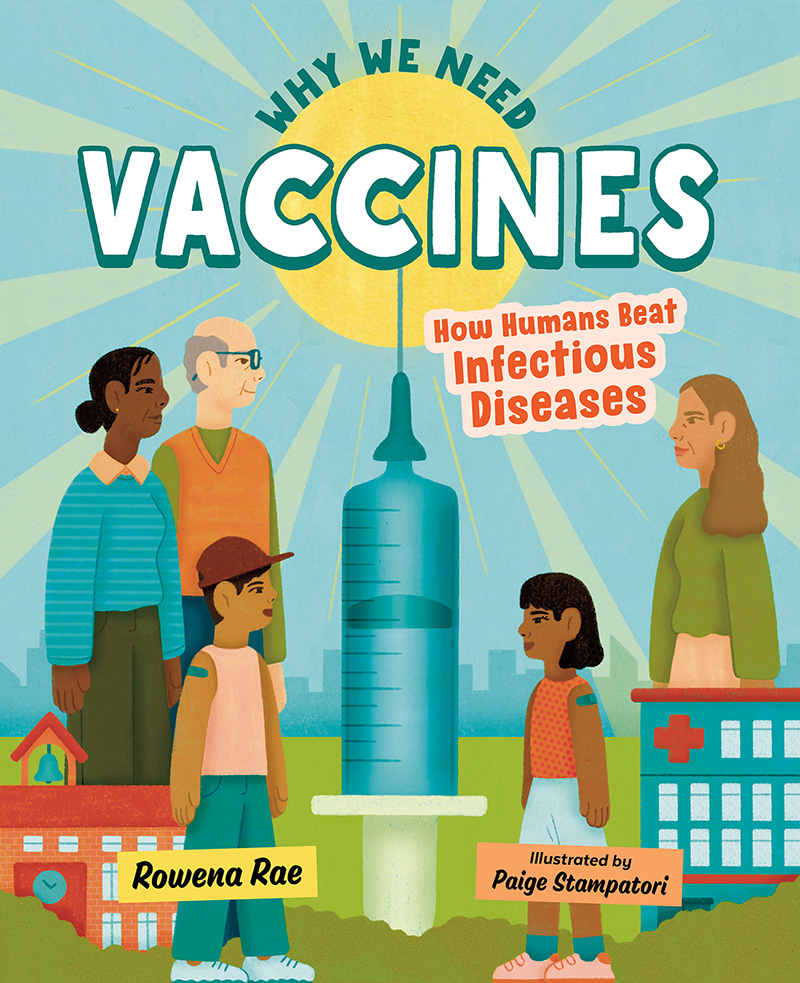Partner Merrie-Ellen Wilcox's inspiring new book is here.
Writing a non-fiction book proposal
 Writing a proposal for your non-fiction book may seem like a daunting task, but it needn’t be. Think of your proposal as a roadmap, guiding your reader—agent, acquisitions editor, marketing manager—through your idea, the book’s content, and its market position and potential. Non-fiction book proposals require time to craft well, but they follow a fairly standard pattern. Here are the key elements your proposal should have, along with a few tips for making yours stand out.
Writing a proposal for your non-fiction book may seem like a daunting task, but it needn’t be. Think of your proposal as a roadmap, guiding your reader—agent, acquisitions editor, marketing manager—through your idea, the book’s content, and its market position and potential. Non-fiction book proposals require time to craft well, but they follow a fairly standard pattern. Here are the key elements your proposal should have, along with a few tips for making yours stand out.
Title: Your proposal’s title can simply be “A Proposal for [insert your book’s working title].” Having a catchy or memorable book title is great, but keep in mind that a book’s title is rarely the same on publication as it was on proposal. Come up with the best title you can, but don’t agonize over it. Spend your time polishing other parts of your proposal.
Overview: Here, you want to hook your reader right away. Chances are the agent or editor reading your proposal has many other proposals to read, too. They may be reading in the evening when they’re tired, and they may be looking for an easy way to say no and move on to the next one. So you want to grab their attention with your voice, with excellent writing, and with a captivating description of your book. As well as conveying your book’s themes and your treatment of the topic, use the overview to address what new information or perspective your book will give and why now is the right time for your book. Keep in mind that a book acquired today won’t be published for about two years, so will your book still be timely then?
Audience: It’s critical to know who your audience is and to articulate specifics about them. The audience for your book isn’t “the general public.” Ask yourself who is going to care enough to buy your book, and then persuade the reader of your proposal that you know who these people are, where they are, and how many they number, and that you understand their reading needs or desires. Use statistics if you have them: How many people experience X each year? How many people make up group Y?
Comp titles: “Comp” stands for both comparable and competitive. By writing about existing books in your proposal, you give your reader a sense of the type of book you’re planning to write and how yours will differ. Provide the relevant publishing details (title, author, publisher, date, ISBN, format, price) of each comp title and briefly describe that book’s approach relative to your own book. What gap will your book fill? What will your book offer that the comp titles didn’t? Aim to include four to six comp titles, and take the time to research them carefully so it’s clear you’ve done your homework about the competition your book will face.
About the author: If you’ve written or are planning to write a non-fiction book, then you must have a good reason for doing so. Writing a book is no mean feat. Tell the reader of your proposal why you are the right person to write this book. What are your qualifications or experience with this topic? What angle do you bring to the project that nobody else could? And make it clear that you can pull off the task of completing a draft manuscript to a deadline.
Author platform: Publishers rely on authors to help with book promotion—and many publishers leave much or even all of the book promotion to the author. It’s tough, but that’s the industry. So you need a platform and a plan for how you will promote your book. Better yet, you will already be promoting your book, even before it’s written. In your proposal, note your online presence (website, regular blog, social media following) and describe your participation in relevant activities—whether online or in person—such as speaking at events or writing for media outlets. Be realistic, and provide numbers if you can, such as how many people you reach with an email newsletter.
Book specs: Keep this section brief, but let the reader know the specifications you’re planning for your book. Include the length (word count); whether you will have images such as photos, illustrations, or other visuals and how you’ll source and pay for these; whether you will add features such as side bars, fact boxes, charts, checklists, or appendices. If your research for the book involves travel, say whether this has been completed, and if not, how you will pay for it. Also give an idea of how long it will take you to complete a draft of the full manuscript.
Chapter outline: Think of the chapter outline as an annotated table of contents. It shows the overall structure of your book with a brief description of each chapter’s content. Don’t include excerpts of the chapters here; you can show off your writing with a sample chapter.
Sample chapter: Include one or two sample chapters to showcase your writing. These can be from anywhere in the book—beginning, middle, even the end. Some writers use the first and last chapters as their samples to give the reader a sense of the narrative arc in their story. Your sample chapters should address the key themes of your book, and they should be very well written. Spend time polishing the sample so that your writing shines.
If you want to dive deeper and learn more about writing your non-fiction book proposal, I recommend these books:
How to Write a Book Proposal, 5th edition, by Jody Rein and Michael Larsen
The Book Bible, by Susan Shapiro
The Business of Being a Writer, by Jane Friedman
Happy writing, and may your proposal score you a book deal!



